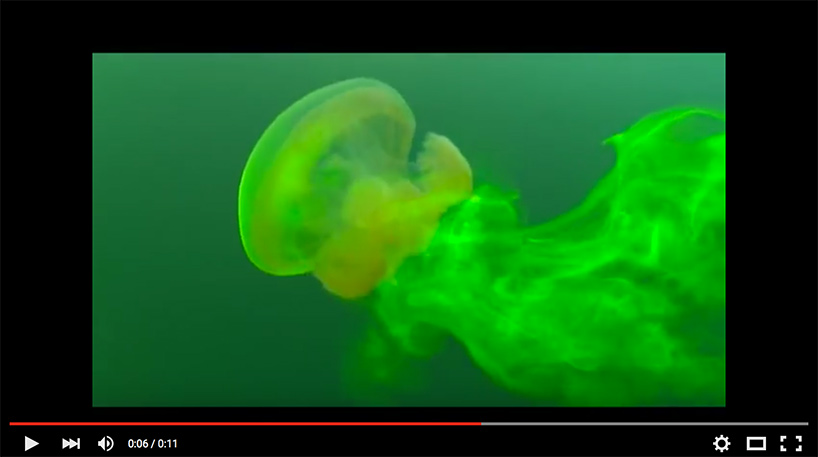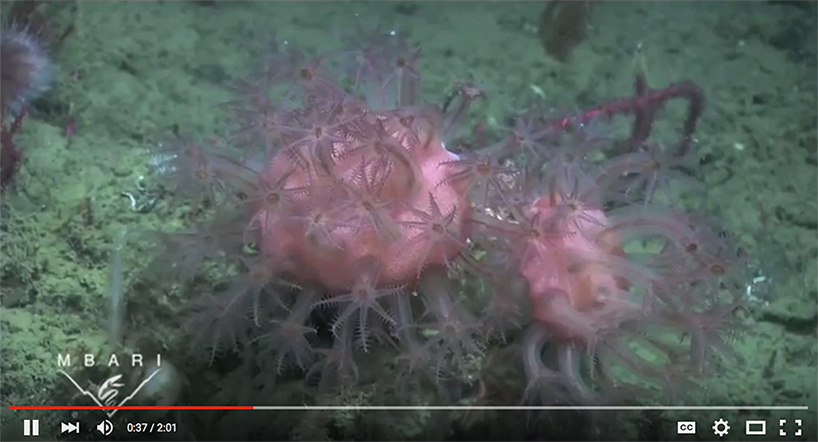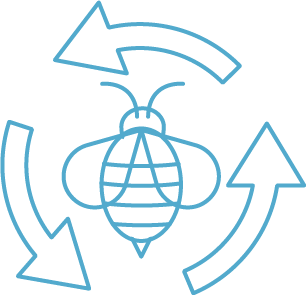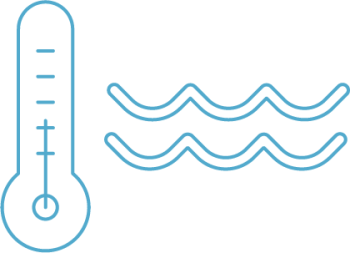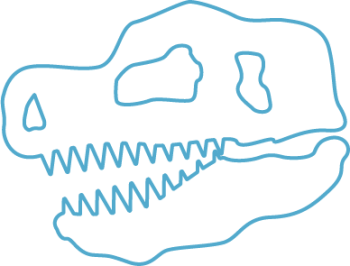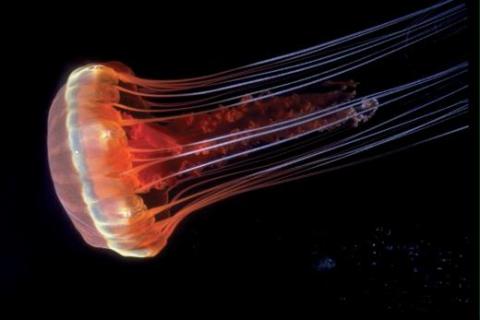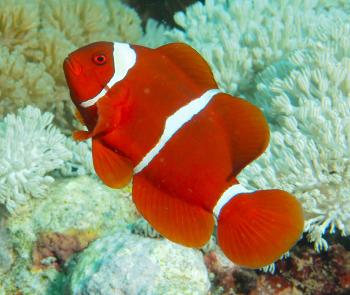Anemones provide homes for many kinds of animals; perhaps the most well-known are clownfish also called anemone fish (remember Nemo?) on tropical reefs. Read about the relationship between sea anemones and clownfish: Anemone and Clownfish and from Tree of Life: "An Exploration of the Clownfish." This relationship is called mutualism where both organisms benefit from the relationship. The clownfish gets protection and the fish helps the anemone by chasing away potential predators.
Anemones can also have a mutual relationship with crustaceans. On Caribbean reefs some anemones have a symbiotic relationship with crustaceans. These crustaceans have a long-term relationship with their anemone “landlord.” The crustaceans acquire immunity from the toxic compounds produced by their hosts through a process known as acclimation (like that of the clownfish). The anemones provide protection from predation for the crustaceans. The benefit to the anemone is that the waste material from the “tenants” help fertilize their zooxanthellae – the photosynthetic algae that live in the anemone’s tissues. The crustaceans most associated with anemones are shrimp and crab species.
Coral reefs are some of the most diverse and valuable ecosystems on Earth. Coral reefs support more biodiversity than any other marine environment, including about 4,000 species of fish, 800 species of hard corals and thousands of other species. Coral reefs play a significant role in the ecosystems where they thrive, providing homes and food for a myriad of organisms. Read about the importance and watch videos of some of the animals on a reef.
When there’s a rapid growth of a population of jellies in one place it’s called a jelly bloom. Read about the impact of jelly blooms: "Massive Outbreak of Jellyfish Could Spell Trouble for Fisheries."
Gelatinous animals play a key role in the Arctic food web. Here’s a lesson plan for high school about that from NOAA.
Jellies are prey for many animals, including sea turtles, and their dangling tentacles provide homes for many creatures.
When a jelly pulses it is not only bringing in food to eat, but the pulsing also plays a role in the mixing of ocean waters.
One researcher said: "Biomixing may be a form of 'ecosystem engineering' by jellyfish, and a major contributor to carbon sequestration.” Read more in the article: "Jellyfish: Far From Passive Drifters-in-the-currents." And this article explains and shows the turbulence around a jellyfish. The ocean's smallest swimming animals, such as jellyfish, can have a huge impact on large-scale ocean mixing, researchers have discovered: "Researchers Link Jellyfish, Other Small Sea Creatures to Large-Scale Ocean Mixing."
Deep Sea
Deep sea corals provide structure and habitat in the areas of the ocean where they grow.
When there’s a large bloom of jellies and all those animals eventually die, they fall to the seafloor in the deep sea. All these jellies provide food for scavengers like crabs and hagfish. Read the article: "Importance of jellyfish falls to deep-sea ecosystem revealed."
